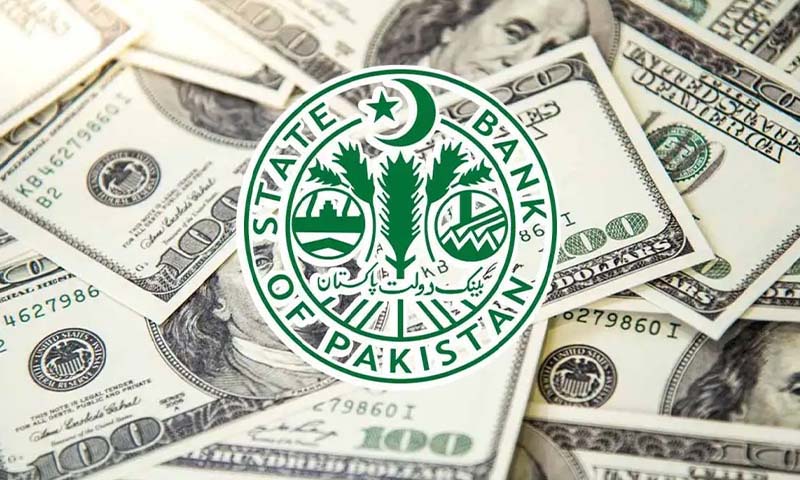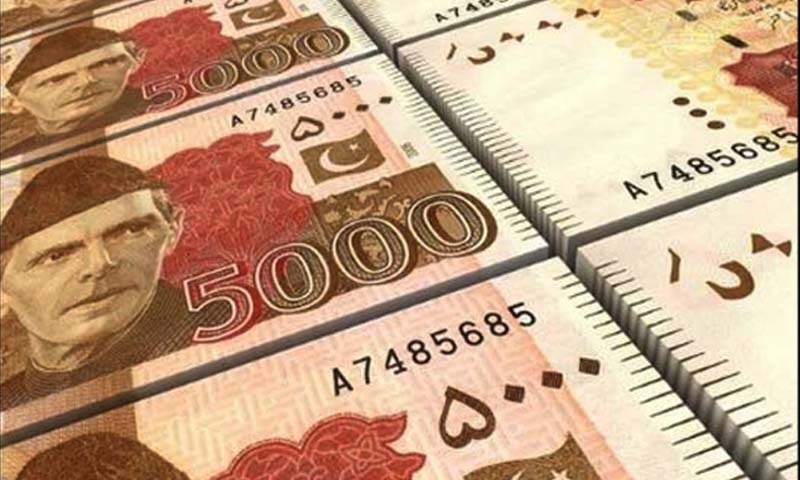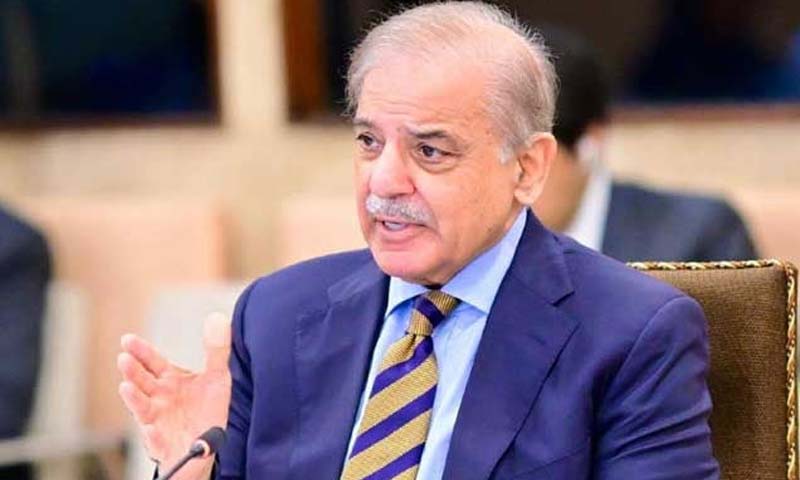- Web Desk
- Yesterday
Analysts divided on SBP rate cut ahead of policy review
-
- Web Desk
- Mar 04, 2025

By Syed Raza Hassan
KARACHI: Analysts seem divided over the anticipated policy rate cut, with half expecting a 50-basis-point reduction and the other half predicting a 100-basis-point cut. However, a brokerage house expects no change in the State Bank of Pakistan (SBP)’s monetary policy scheduled for March 10.
On January 27, the country’s central bank cut its benchmark interest rate by 100 basis points to 12 per cent, in line with expectations as inflation eased.
The SBP has reduced the interest rates by 1,000 basis points over the last six months.
Of the six analysts surveyed by HUM News English, two expect a cut of 100 basis points, while two anticipate a 50-basis point reduction. However, one analyst, taking a more cautious stance, forecast a decline of 50 to 100 basis points, while a brokerage house expected the rates to remain unchanged.
With the latest inflation figures released on March 3, Pakistan’s Consumer Price Index (CPI) for February 2025 cloaked in at 1.5 per cent — the lowest reading in nearly a decade. The figure was below market expectations compared to an inflation rate of 2.5 per cent in January 2025.
Sana Tawfiq, head of research at Arif Habib Limited, said the SBP is expected to continue its rate-cutting cycle with a 50-basis-point reduction in the upcoming monetary policy review, bringing the policy rate to 11.5 per cent. However, she noted that the easing cycle may now enter a more cautious phase as underlying inflationary pressures persist. “While headline inflation remains low, much of this disinflation is attributed to base effects, which are likely to fade in the coming months,” she added.
Tawfiq pointed out that core inflation remains sticky, averaging 10.6 per cent in the first seven months of FY-25 and is projected to stay within the 8 to 9 per cent range for the rest of the fiscal year. Additionally, a rising import bill and the recent depreciation of the Pakistani rupee signal potential risks to further rate cuts. Given these factors, the SBP is likely to adopt a measured approach, balancing the need for economic support with macroeconomic stability, she said.
The structure is mostly clear, but a few adjustments can improve flow and consistency. Here’s a refined version:
Samiullah Tariq, Head of Research and Development at Kuwait Investment Company (Private) Limited, anticipates a 50-basis-point cut.
Muhammad Awais Ashraf, an analyst at AKD Securities, said: “We expect a 100-basis-point reduction in the policy rate as real positive interest rates stand at 7.5 per cent based on our 12-month forward projections. Moreover, the external account remains in balance, and economic activity remains subdued.
Sheheryar Butt at Darson Securities said inflation in Pakistan is on a steady decline, with the latest figure coming in at 1.24 per cent — the lowest in nine and a half years. “It’s a pleasant change, and the State Bank of Pakistan now has room to lower interest rates,” he said.
However, Butt noted that the Government of Pakistan faces tough challenges in its talks with the International Monetary Fund (IMF), particularly on the revenue side, with a 600-billion-rupee shortfall in the Federal Board of Revenue’s (FBR) targets.
“Considering the situation, the SBP is likely to act cautiously, but we still expect a 100-basis-point reduction,” Butt added.
He also pointed out that while the current account has shown a surplus for the past seven months, pressure on imports has increased over the last two months, with rising imports of machinery and cars.
Salman Ahmed Naqvi, Head of Institutional Sales at Aba Ali Habib, expects a rate cut of 50 to 100 basis points.
Topline Securities: Status Quo
“We believe the SBP’s Monetary Policy Committee (MPC) will maintain a status quo in the upcoming meeting due to the following reasons.
The ongoing IMF review, which focuses on new revenue targets and budgetary taxation measures, is likely to shape the inflation outlook for FY26. Higher import numbers over the last two months (December and January, averaging US$2 billion) and the 1.6 per cent depreciation of the Pakistani rupee in the kerb market since November 2024 may prompt the central bank to pause further interest rate easing on a prudent basis to further analyze the impact of previous rate cuts.





